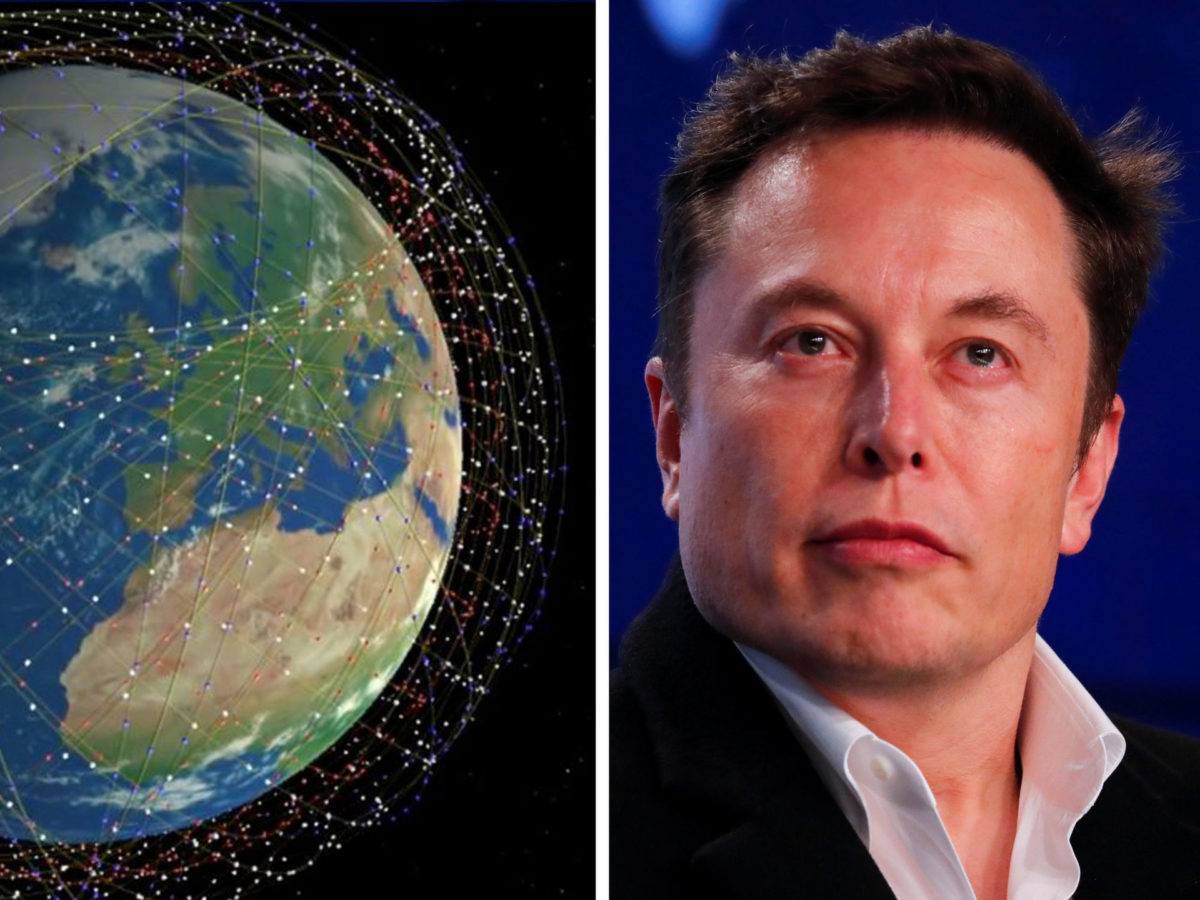IN the previous four installments, we explored how a business can take the first the steps towards digital transformation. We looked at big data and machine learning. We used case uses and examples to explain the concepts. The articles were deliberately written in simple plain English so as to convey the ideas in an understandable manner to a non-technical audience.
This week, we pause a bit and take stock. We have been talking about disruption and it got me thinking – what is disruption? How does it look like? How can established businesses predict or quickly notice that their industry is ripe for disruption or is being disrupted?
Disruption happens when a new or even an existing market player comes in and steals all your customers in a very short space of time. It happens so quickly and you don’t have much time to respond. But why does it happen in the first place? In order to understand this question, we need to look at the customer. In simple and plain language, customers pay for goods and services with their money, their time and their effort. A lot of companies make the mistake of focusing on the money part only and forget about the other cost elements incurred by the customer.
In order to win customers, one must focus on reducing the total cost to the customer or what we can also alternatively call “pain points”. For example, imagine walking into a supermarket, filling up your trolley and then standing in a patience-testing and knee-snapping long queue just to check out at the tills. In Harare, I see this all the time and that’s just not right. Imagine if there was a way for you to just pick up what you want and literally walk out of the supermarket door without having to stand in that dreaded long queue. This will be possible if there was a way of electronically billing all the items you placed in your trolley.
It makes no sense from a business point of view to make it so hard for customers to hand over their cash to you. Some retail chains in the United States are already experimenting with intelligent check-out points that minimise or eliminate the need to queue. If for example, a super-efficient, customer-centric retail chain like Walmart decided to enter the Zimbabwean market as it has already done in South Africa, it would be a bloodbath. Most of our iconic supermarket chains will find it difficult to hold onto their customers.
By the way, Walmart entering the local market is not a far-fetched idea and it can happen fairly quickly if the conditions are right. The warning here is that local retail chains should be vigilant and make sure their business processes and technology are fit for purpose – i.e. to serve their customers and eliminate the “pain points”.
Now, a lot of people think it is technology that disrupts, but they are mistaken. It is customers who disrupt industries. Customers disrupt industries through their choices. They choose products and services that have a lower total cost to them. The reason why some companies win and others lose, is because the winners reduce the pain points of customers (reduce total costs). They achieve this by mapping the customer value chain of customers.
We will explain what is a customer value chain by using the example of a person who is ill. When you are ill, you go to see a GP, and pay for the service. The GP will normally give you a prescription. You will then have to make trek to the pharmacy to get your prescription filled up. It is only once the prescription has been filled and you take the medicine, that the treatment for your illness actually begins. According to the Harvard Business School professor Thales Teixeira, these activities can then be classified into value creating activities, value charging activities and value eroding activities.
In our example, going to the GP does not create value, but it’s a “necessary evil”. It is considered a value charging activity. Also travelling to the GP and the pharmacy to fill up your prescription does not create any value, they are considered value eroding activities. Real value is derived when you actually take your medicine, which then makes you feel better. By breaking down the value chain, and identifying what you can do better than the established incumbents, you can “uncouple the value chain” – i.e. break it apart. Amazon for example has become the largest company in the world by doing exactly that. In my own opinion, it wins by decoupling a customer value chain, and focusing on that part that it can do way much better compared to the established incumbents. That’s how it seems to be winning everywhere.
By eliminating customer pain points and providing a great experience, customers vote for Amazon with their dollars. So it is not technology that disrupts, but it is the customers that disrupt businesses by voting with their dollars. Technology is just an enabler.
Now let’s talk about ZESA. Picture the customer value chain for a typical ZESA client. Imagine the cost, time and effort one goes through just to get electricity into their homes. Imagine, for example if you could get electricity without having to leave your home and stand in a queue to pay for it.
Let’s suppose, I had a bit of capital, I would set up a solar power rental company. Let me explain a bit. My imaginary business would install solar panels on your roof plus a smart switch linked to a billing system. Customers would, using their phones, pay a small monthly rental fee for using the solar power system. Obviously, there would be a different pricing structure for different sizes of the power systems. By doing that, you eliminate three cost elements for customers – cost, time and effort. The customer does not have to pay any upfront costs for buying the solar power system. In addition, by fixing the rental fee, you effectively turn the electricity business model on its head. Customers can use whatever power they want and only pay for fixed fee per month.
This imaginary business can potentially earn a steady income into perpetuity as long as the sun shines. Naturally, one will have to select the customers carefully, insure the installed solar power units, install smart sensors to remotely disconnect households that are in arrears, and detect damage or attempts to temper with the installed power systems. If you want, you could even get GPS trackers embedded inside the panels so that if anyone steals them – you can track them down. But that’s the finer details. The model is obviously simplistic. But I think you can see the point. If one is able to get scale on a business like this, it could potentially disrupt ZESA in a big way.
Customers disrupt industries by voting with their dollars, and technology should be understood as an enabler. They vote for businesses which give them a better experience. Delivering an outstanding customer experience should the main goal of your digital transformation journey and customers will vote for your business using their dollars.
Next week, we will look at artificial intelligence, and how it can be leveraged to transform customer and business outcomes.
















